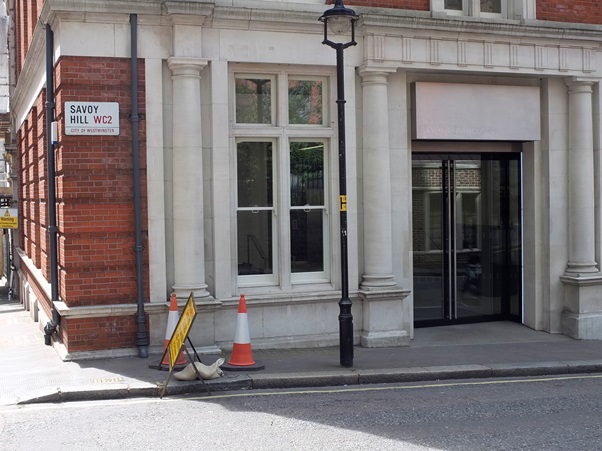Richard C.
pfm Member
Richard C.
Interesting. But have you heard the Voigt corner horn? In a domestic setting? Playing mono (1 horn) or stereo (i.e. with 2 horns)?
Please dont think that I am pressurising you to do so. Although attempts have been made in this direction (in my direction), I can tell you that someone would have an uphill battle trying to persuade me to walk across the road to hear 2 Voigt corner horns playing stereo- let alone go all the way to Hastings to get such a thrill.
Id be interested in hearing a Tannoy Autograph (or two)!
Your comments remind me of my own opinion that many speaker owners do become attached and satisfied with the speakers they have- myself included. If not, they would change them; or become perpetual speaker builders- some of whom seem to be in a perpetual state of flux.
I have heard a couple of Voight designs, both of the pipe variety and a long time ago - I have not heard a corner variant which I imagine, due to the horn extension provided by the side walls, might be quite something. Paul Voight worked from first principles and he made a major and unique contribution to the general art of speaker design. And I say "art" advisedly because you can employ any amount of physics theory, but the end product which after all, is reproducing art, has to be similarly created.
Returning to your observation about personal tastes, I think as part of this discussion one has to recognise that not everyone is enamoured of horn loaded cabinets and dissenting views expressed by serious critics are entirely legitimate. Furthermore, horn loaded boxes are not universally suitable; I don't play rock and similar stuff, (for me it's mostly chamber music) but if I did, I would prefer a reflex design which in my judgment would be better suited to this genre. So the discussion should take place within the ambit of horn loading, be it front, back or in the case of my corner Autographs, both.
I also think, and I believe that Voight shared this view, that internal volume is a factor important in achieving the best results - for this reason I have never understood the appeal of things like Lowthers and the Tannoy Cornetta, for example. If I were to consider replacing my existing speakers, I would very seriously consider something from the Voight stable, for along with Ronald Rackham, I consider him one of the premier designers of the last seventy years.
There are those (and I might be one, although I'm a bit agnostic on the point) who claim that stereo is an unecessary complication and just muddies the waters. I have to say that some of the finest musical reproduction I have heard was in pre-stereo times and from a single, horn loaded corner cabinet. However, not many these days would want to go down that path.
I suspect we might share a number of similar views on tnis subject.


